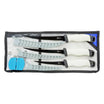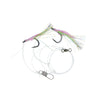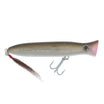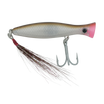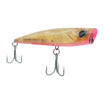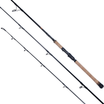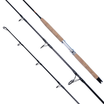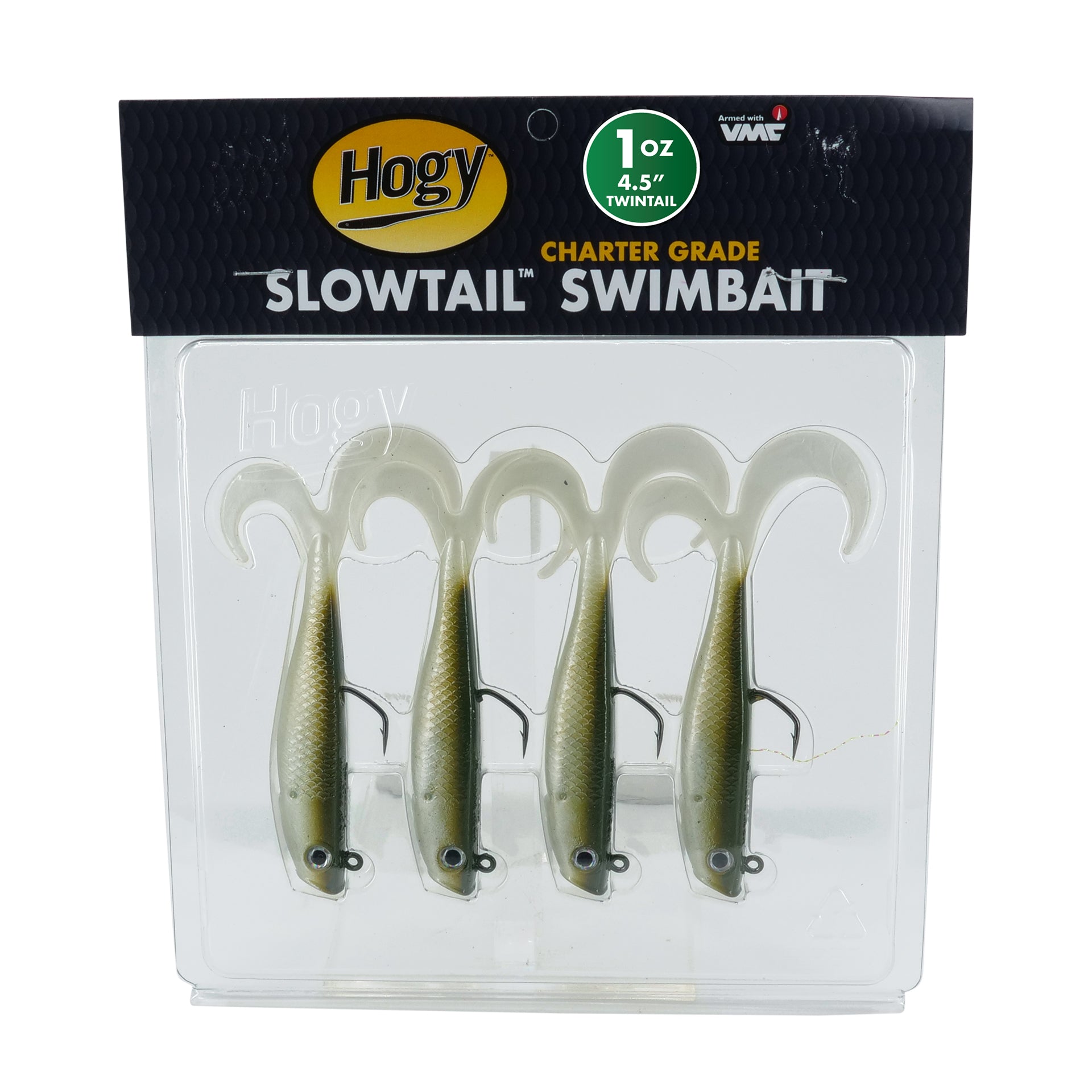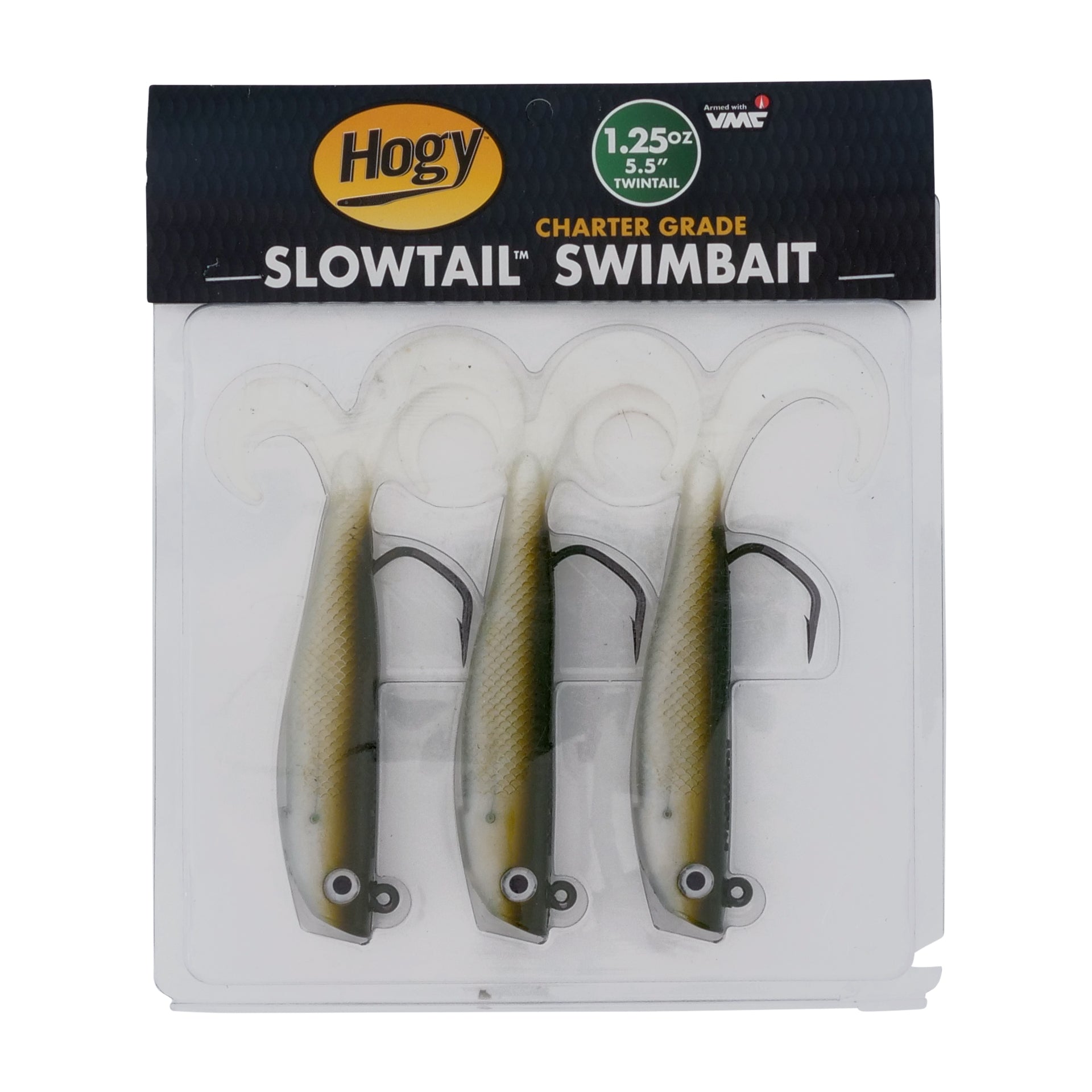Light Tackle Bridge Tarpon Fishing
After-Hours Approach: Please exercise safety when fishing at night for tarpon. Water conditions near bridges can change and deteriorate rapidly and extra caution should be used before heading out after dark. That said, night fishing around bridges is arguably one of the easiest and most reliable ways of capturing a tarpon. During the early summer months, when migratory tarpon populations are peaking, it’s worth hitting the water just after dark. While the sunset bite can be very productive, there is usually an hour just after dark that is pretty quiet. During this time, predatory fish like the tarpon need some time to allow their eyes to adjust to the change in ambient light. This period appears to be a transition period for tarpon to move in and congregate around the bridges. During the day, these groups of fish are feeding along nearby beaches, passes, and flats. At night they move in around the bridge structure to begin the night feeding.
Why Bridges At Night? An entire ocean’s food chain unfolds before your eyes with a rolling tide. Small shrimp, crabs and baitfish are swept out from nearby grass flats. Some of these small crustaceans are looking to spawn, while others are simply helpless against the heavy current. This nightly bait flush is just like a protein-packed buffet bar for tarpon. A seemingly endless supply of potential forage is sent through the lights like a conveyer belt.
Two Bridge Scenarios: There are generally two styles of bridges, those with overhead roadway lights and/or channel marker lighting and completely unlit bridges. Both lit and unlit bridges can be very productive, but you’ll find that fish tend to hold in different areas depending on ambient light sources.

Lit Bridges: Overhead lights along the roadway of the bridge will cast shadow lines below along the water surface. These shadow lines become staging and ambush points for tarpon to feed on nearby forage. Generally speaking, baitfish will try their best to stay in well-lit areas, usually schooled up tightly to try and survive the tide. For the most part, tarpon will be just down tide of these bait schools, holding just inside the shadow line darkness looking for an easy opportunity to feed. Staging points are generally both up and down tide of bridge pilings and fender systems; on a given bridge you may find that fish feed up tide more actively while the current is mild to moderate, then move toward slack water and eddies down tide of bridge pilings as the current increases.
Two Methods For Fishing Lit Bridges: These two methods are a great starting point for targeting tarpon holding along bridges with shadow lines.
Baitfish will almost always stage on the lit side of a shadow line, often on both the up tide and down tide side of the bridge. You can look for bait swimming near the surface, or use your electronics to find concentrations along the bridge. Depending on location and tide, bait can stack up in the shallows, or along the center of a bridge, near the navigation channel fender system. Generally, tarpon will be staging near the greatest bait concentrations, so focusing your angling effort in these areas is a great way to maximize your time ROI.
Staging Up Tide: This is a great method when fishing bridges with mild to moderate current. I’ll use my trolling motor to stem the tide and position my boat just up tide of the light line. Using trolling motor features like spot lock can be very helpful to keep you in position. Once in position, I”ll make long casts parallel to the light line and allow my bait to swim back just inside the dark side of the shadow line. 90% of the tarpon will be waiting in ambush in this area and presenting a bait is pretty simple.
Staging Down Tide: When current is at maximum velocity, staging down tide is often the only viable option for safely fishing near the bridge structure. Position your boat along the back eddies formed from the pilings. There will be significantly less current for you to manage, and it will allow for a good casting angle. Present your lures by casting through the bridge, toward the up tide shadow line. You’ll swim your lure through the entire feeding zone, which is the dark area behind the shadow line, under the bridge itself and back into the down tide shadow line. Tarpon will often be hanging in these dark areas, waiting to feed. I find spending some time to listen and watch for surface rolls, splashes, or feeding is the best way to figure out where to begin fishing. If you don’t see any surface activity, begin fishing areas with the biggest concentrations of bait fish. Tarpon shouldn’t be too far away.
Fishing unlit bridges is very common throughout the Florida Keys and can be just as effective as fishing lit bridges. They can be a little daunting to navigate, so make sure to spend some time scouting during daylight hours to get familiar with your surroundings. On a moving tide, tarpon should give their location away pretty quickly if you listen for the loud splashing of fish feeding near the surface.
Working The Darkness: Unlike lit bridges, baitfish don’t have the security of lit areas to concentrate and hide. So, you’ll often find that bait is trying to hold around the structure that breaks up the current. Look for the best activity around back eddies formed down tide from bridge columns. Use your fishfinder to locate concentrations of bait, you’ll often mark tarpon while idling around as well.





















